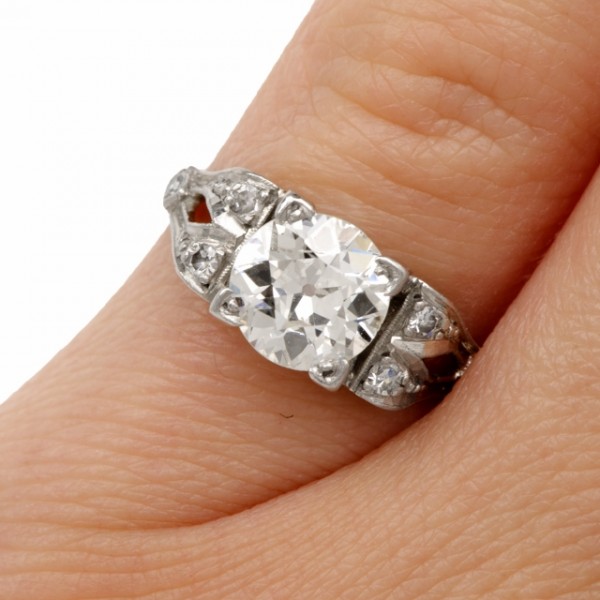
Diamonds are known for their ability to transmit light and sparkle intensely. While a diamond’s cut is often understood as its shape, i.e. round, rectangular, emerald, etc, the diamond’s cut grade is in fact decisive in how well its facets interact with and reflect light.
To obtain the maximum return of light only a diamond is capable of, meticulous artistry and workmanship are required to ascertain optimal symmetry, polish and proportions of the stone.
The Gemological Institute of America (GIA) calculates the proportions of a round brilliant-cut diamond to determine the cut grade and to evaluate the level of light interaction in the stone to create desirable visual effects such as brightness, fire, scintillation (the amount of sparkle a diamond produces and the light-and-dark patterns inside the diamond).
Other factors taken into consideration by GIA are the design and workmanship of the diamond, its girdle thickness (which affects its durability), the symmetry of its facet arrangement, and the quality of polish on those facets.
The full-cut is a stone with a round brilliant cut, which has 57 to 58 facets. A round cut is considered the classic diamond shape. Meanwhile, the single-cut is also cut as the brilliant round, but as a rule, it only has 17 to 18 facets. Usually round brilliant begins with individual cuts and then the other facets are added.
Cuts with fewer facets usually have a lower price because they require less work. Very small diamonds don’t feature a large number of facets, which makes them less valuable. Simple cut diamonds are often used as side stones for rings, pendants and earrings, while full-cut diamonds are usually the core stones in jewelry pieces
.


